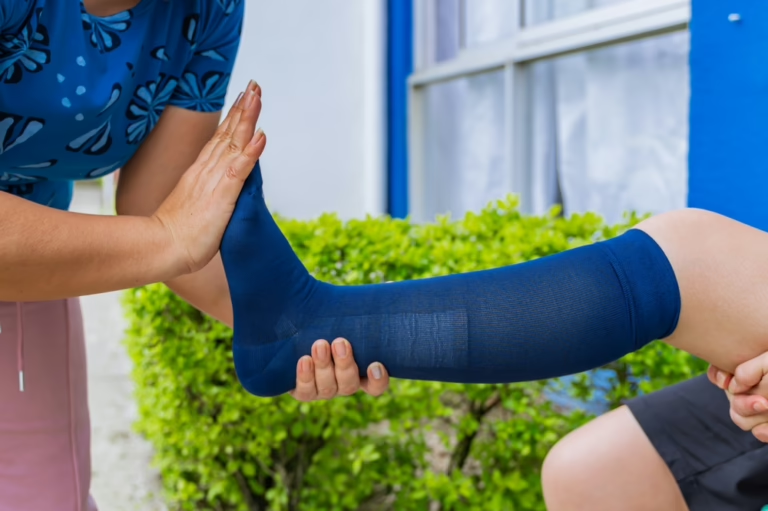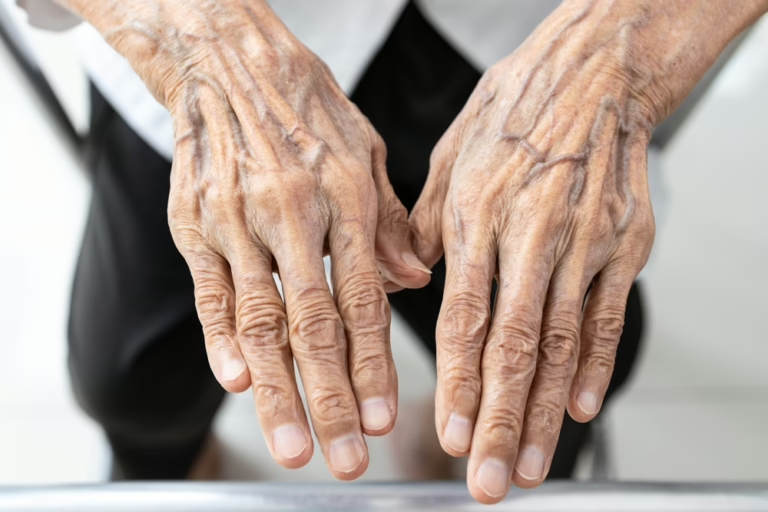What happens to all the blood flow when your varicose veins are eliminated?
Good question. It’s especially relevant because varicose veins (or chronic venous insufficiency if you want to get all doctor-y) carry blood from the legs to the body. They don’t do a good job of it, but they still do carry the blood.
Almost all the treatments for varicose veins involve a procedure called ablation. In this procedure, the varicose vein is sealed shut. So, no more blood can flow through the varicose vein. Doesn’t this cause problems in getting blood to flow from your legs to your body?
To answer this question, you need to understand a little anatomy (that dreaded subject). The way your legs are built, there are two systems of veins – the superficial veins and the deep veins. The superficial ones are on the surface. These are the veins that become varicose veins when they get swollen and enlarged.
The deep veins you can’t see. It turns out the superficial and the deep veins are connected throughout the leg by short veins that are called perforating veins. So, you have two systems in parallel with each other.

This parallel system has what’s called redundancy built-in. That means that two structures do the same thing. Imagine that we close off a superficial vein. Some blood will back up behind the blocked vein. But it doesn’t matter because as the blood backs up, it backs up to the nearest perforator vein. That vein just carries the blood into the deep veins. And from there, it travels from the leg to the body.
So, there’s no need to worry about the deep veins getting overloaded. They have plenty of capacity. It’s all taken care of by the wonders of anatomy.
– Dr. Greenwald



